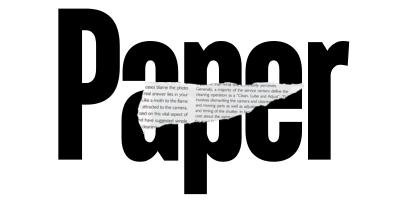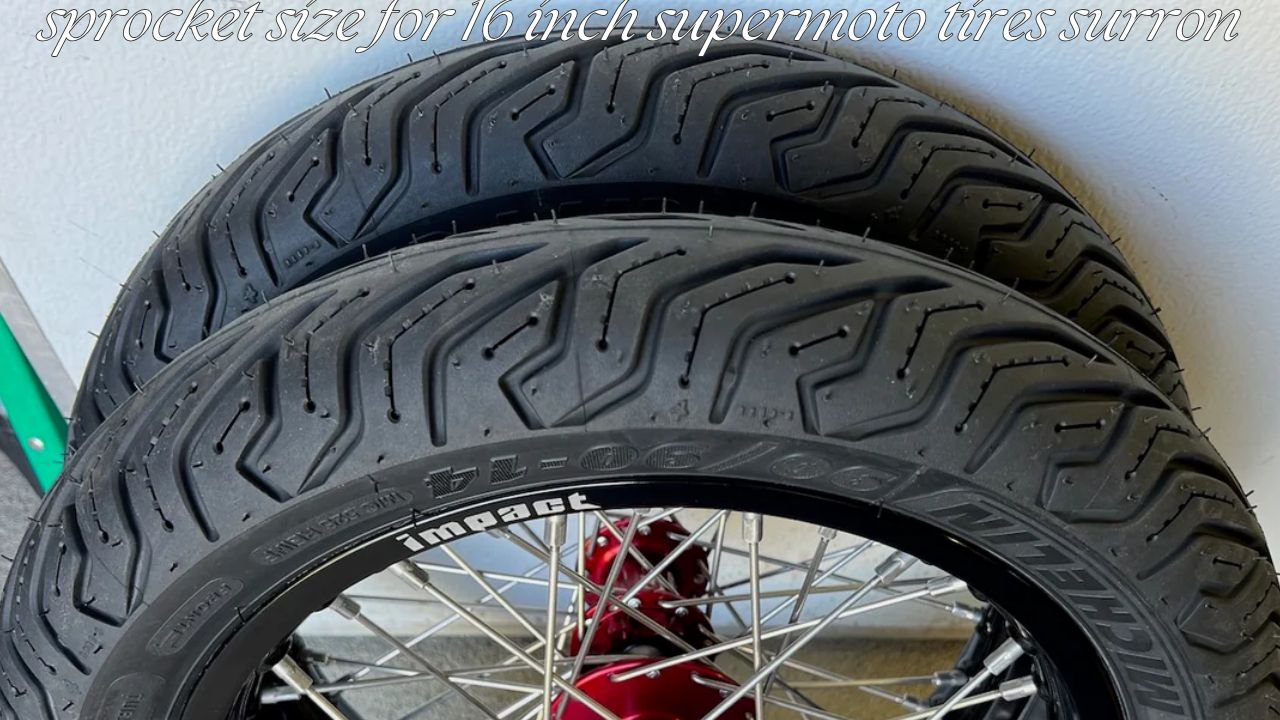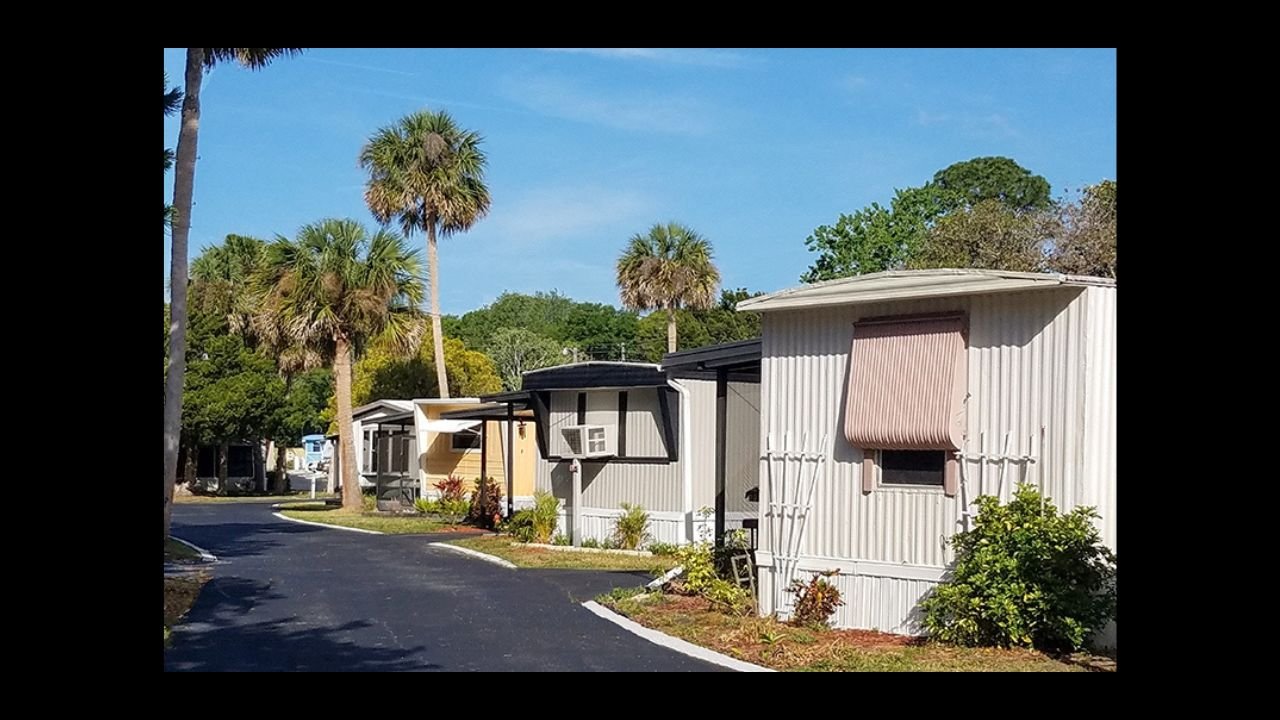An essential part of the drivetrain of your motorcycle is a sprocket. In order to transfer power from the engine to the wheels, it is a circular part with teeth that meshes with the chain. The amount of power transferred to the wheels by the sprocket’s size, or more particularly, its tooth count, determines your bike’s acceleration and speed.
Understanding Supermoto Tires
Supermoto tires are designed for a blend of road and off-road riding. Typically, they are wider and have a different tread pattern compared to standard dirt bike or street tires. On a Sur-Ron bike, 16-inch supermoto tires are popular for their improved handling on pavement and more aggressive cornering capabilities. They offer a balance between the traction needed for off-road and the stability required for street riding.
Importance of Proper Sprocket Size
Choosing the right sprocket size for 16-inch supermoto tires is essential for optimizing your bike’s performance. An incorrect sprocket size can lead to suboptimal performance, such as decreased acceleration, poor handling, or even damage to your bike’s drivetrain. Getting the right size ensures that you can maximize your bike’s capabilities for your specific riding conditions.
How Sprocket Size Affects Performance
Impact on Speed
The size of your sprocket directly affects the top speed of your bike. A larger rear sprocket or a smaller front sprocket increases the gear ratio, allowing for quicker acceleration but a lower top speed. Conversely, a smaller rear sprocket or larger front sprocket allows for a higher top speed but can decrease acceleration.
Effects on Acceleration
Acceleration is influenced by the gear ratio created by the sprockets. A higher gear ratio (achieved with a larger rear sprocket or smaller front sprocket) will improve acceleration, making your bike faster off the line. If you primarily use your bike for street riding or racing, a setup that favors acceleration might be more beneficial.
Influence on Torque
Torque, or the twisting force that helps your bike get moving, is also affected by sprocket size. Larger rear sprockets or smaller front sprockets increase torque, which is beneficial for climbing steep hills or navigating rough terrain. For riders who frequently encounter challenging off-road conditions, this can be crucial.
Balance Between Speed and Torque
Finding the right balance between speed and torque depends on your riding style and needs. If you use your bike mainly for highway speeds, you might prefer a sprocket setup that prioritizes top speed. For trail riding or technical terrain, a setup that enhances torque and acceleration might be preferable.
Choosing the Right Sprocket Size
Factors to Consider
Rider Weight and Riding Style
Your weight and riding style significantly impact the ideal sprocket size. Heavier riders or those who frequently carry additional weight might benefit from a larger rear sprocket to maintain optimal performance. Conversely, lighter riders might achieve satisfactory results with a smaller sprocket.
Terrain and Usage
The type of terrain you ride on plays a crucial role in sprocket size selection. For mixed terrain, including both street and off-road, a moderate sprocket size might provide the best compromise. For predominantly off-road use, a larger rear sprocket could enhance your bike’s ability to handle rough conditions.
Desired Speed and Acceleration
Your goals for speed and acceleration will dictate your sprocket choice. If you want faster acceleration for racing or technical trails, opt for a larger rear sprocket. If high-speed performance is your priority, consider a smaller rear sprocket or larger front sprocket.
Recommended Sprocket Sizes for 16-Inch Supermoto Tires
For most riders using 16-inch supermoto tires on a Sur-Ron bike, a common recommendation is to use a rear sprocket with 48 to 52 teeth. For the front sprocket, sizes typically range from 14 to 16 teeth. However, these recommendations can vary based on individual preferences and specific riding conditions.
Calculating Sprocket Size
Gear Ratio Basics
The gear ratio of your bike is determined by the number of teeth on the front and rear sprockets. It is calculated by dividing the number of teeth on the rear sprocket by the number of teeth on the front sprocket. For example, if you have a 50-tooth rear sprocket and a 15-tooth front sprocket, the gear ratio is 50/15 = 3.33.
How to Calculate Gear Ratios
To calculate the gear ratio for your desired performance:
- Determine your current gear ratio.
- Decide if you want more acceleration or speed.
- Select sprocket sizes that will achieve your desired gear ratio.
Adjusting for Tire Size
Larger tires effectively increase the circumference of the wheel, which can affect your bike’s speed and acceleration. When using 16-inch supermoto tires, you may need to adjust your sprocket sizes to account for the change in tire size.
Sprocket Size Recommendations for Different Scenarios
Street Riding
For street riding, you might prefer a setup that maximizes speed and fuel efficiency. A smaller rear sprocket (e.g., 48 teeth) or a larger front sprocket (e.g., 16 teeth) would be suitable for achieving higher top speeds and better highway performance.
Off-Road Riding
For off-road riding, a larger rear sprocket (e.g., 50-52 teeth) will improve torque and acceleration, which is beneficial for handling rough terrain and steep inclines. A smaller front sprocket can also enhance torque, but be mindful of how it affects your top speed.
Mixed Riding Conditions
If you frequently switch between street and off-road riding, consider a balanced approach. A rear sprocket with around 50 teeth and a front sprocket with 15 teeth might provide a good compromise between acceleration and speed.
Installation and Adjustment Tips
Tools Needed
To install or adjust your sprockets, you will need:
- A sprocket wrench
- A chain breaker tool
- A socket set
- A torque wrench
Step-by-Step Installation Guide
- Remove the existing sprocket: Use the sprocket wrench to loosen and remove the old sprocket.
- Install the new sprocket: Align the new sprocket with the mounting holes and tighten it into place.
- Adjust the chain: Ensure the chain is properly tensioned after changing the sprockets.
- Test your setup: Take your bike for a test ride to ensure everything is functioning correctly.
Fine-Tuning Your Setup
After installation, you might need to make minor adjustments to ensure optimal performance. Check for any issues such as chain alignment or sprocket noise, and make necessary adjustments.
Common Issues and Troubleshooting
Slipping or Chain Problems
If you experience chain slipping or issues with chain tension, it might be due to improper installation or a mismatch between the sprockets and chain. Ensure that the sprockets are installed correctly and that the chain is properly tensioned.
Noise and Vibration
Unusual noise or vibration can indicate problems with sprocket alignment or chain wear. Check for any misalignment or damaged components and address these issues promptly.
Handling and Stability Concerns
If your bike feels unstable or handles poorly after changing sprockets, ensure that the new sprockets are the correct size for your bike and riding conditions. Adjustments to the suspension might also be necessary to compensate for changes in handling.
Maintaining Your Sprockets and Chain
Regular Maintenance Tips
To prolong the life of your sprockets and chain:
- Regularly clean and lubricate the chain.
- Inspect sprockets for wear and replace them if needed.
- Check chain tension and adjust as necessary.
When to Replace Sprockets and Chain
Replace your sprockets and chain when you notice signs of excessive wear, such as teeth missing from the sprockets or significant elongation of the chain. Regular inspections will help you determine the right time for replacement.
Best Practices for Longevity
- Keep your chain clean and lubricated: Regular maintenance prevents premature wear.
- Adjust your chain tension: Proper tension ensures smooth operation and extends the life of your components.
- Replace components as a set: When replacing the chain, it’s often best to replace both the sprockets and chain together to ensure compatibility and optimal performance.
Expert Opinions and User Experiences
Feedback from Experienced Riders
Experienced riders often recommend experimenting with different sprocket sizes to find the best setup for your specific riding style and conditions. Many suggest starting with a middle-ground setup and adjusting based on personal preference and performance needs.
Insights from Mechanics and Technicians
Mechanics and technicians emphasize the importance of proper installation and regular maintenance. They also recommend consulting with experts or using online calculators to determine the best sprocket size for your specific bike and tire setup.
You May Also Like: Talaria X3 vs X3 Compact: A Comprehensive Comparison Guide
Conclusion
For maximum performance on a Sur-Ron bike with 16-inch supermoto tires, selecting the appropriate sprocket size is crucial. In order to choose the right sprocket size, take into account variables such rider weight, terrain, and desired performance. For maximum performance and longevity, proper installation, adjustment, and maintenance are essential.
FAQs
What is the best sprocket size for 16-inch supermoto tires on a Sur-Ron bike?
The best sprocket size for 16-inch supermoto tires on a Sur-Ron bike depends on your riding style and needs. Generally, a rear sprocket with 48 to 52 teeth and a front sprocket with 14 to 16 teeth is recommended. This setup offers a good balance between acceleration and top speed. For more street-oriented riding, you might prefer a smaller rear sprocket (48-50 teeth) for higher top speeds. For off-road use, a larger rear sprocket (50-52 teeth) provides better torque and acceleration, which is advantageous in rough terrain.
How does changing the sprocket size affect the performance of my Sur-Ron bike?
Changing the sprocket size affects various aspects of your bike’s performance:
- Acceleration: A larger rear sprocket or a smaller front sprocket increases acceleration, making your bike quicker off the line.
- Top Speed: A smaller rear sprocket or a larger front sprocket allows for higher top speeds but may reduce acceleration.
- Torque: Increasing the rear sprocket size enhances torque, which is useful for off-road and steep inclines.
- Balance: The right sprocket size balances speed and torque according to your riding needs. Choosing the wrong size can lead to poor handling or performance issues.
How do I calculate the correct gear ratio for my Sur-Ron bike with 16-inch supermoto tires?
To calculate the correct gear ratio:
- Determine the number of teeth on your front and rear sprockets.
- Calculate the gear ratio by dividing the number of teeth on the rear sprocket by the number of teeth on the front sprocket (e.g., 50 teeth rear / 15 teeth front = 3.33 ratio).
- Adjust for tire size: Larger tires effectively increase the wheel circumference, which may require tweaking the sprocket sizes to maintain the desired performance characteristics.
What are the common issues with sprockets and chains after changing sizes, and how can I fix them?
Common issues include:
- Chain Slipping: This can occur if the sprockets are not aligned properly or if the chain is not correctly tensioned. Ensure proper alignment and adjust chain tension as needed.
- Noise and Vibration: Excessive noise or vibration may indicate misalignment or worn components. Check for proper installation and replace worn parts if necessary.
- Handling Problems: If your bike feels unstable, it could be due to incorrect sprocket size or improper setup. Re-evaluate your sprocket sizes and make adjustments or consult a mechanic for a professional assessment.
How often should I replace the sprockets and chain on my Sur-Ron bike?
Sprockets and chains should be replaced based on wear and condition:
- Chain Maintenance: Regularly inspect and lubricate your chain. Replace it when you notice elongation or significant wear.
- Sprocket Wear: Check for missing or damaged teeth on the sprockets. Replace them if you see significant wear or if they are no longer engaging the chain properly.
- General Rule: It’s often recommended to replace the chain and sprockets together to ensure compatibility and optimal performance. Regular inspections every few thousand miles or after severe riding conditions will help you determine the right time for replacement.











